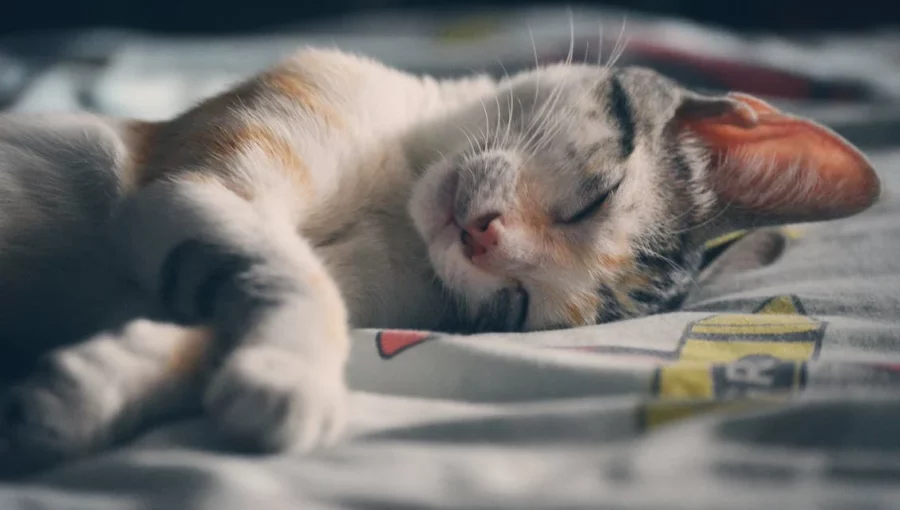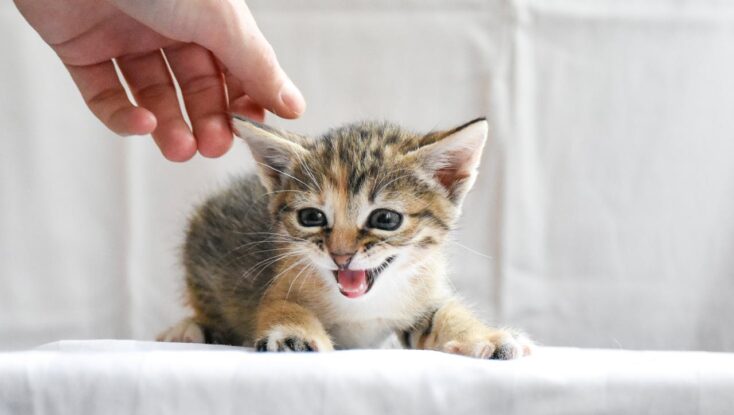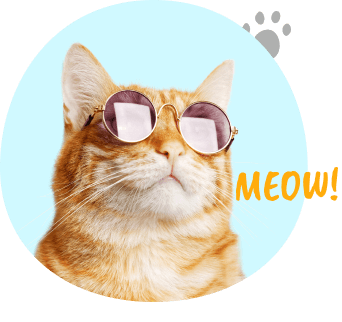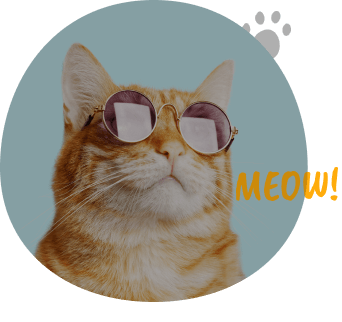The Cat’s Meow: A Guide to Understanding Your Feline Friend
 Pexels | Fabricio Trujillo
Pexels | Fabricio Trujillo Felines have captivated people for a really long time with their secretive and free nature. They are the experts of non-verbal correspondence, utilizing different sounds and non-verbal communication to put themselves out there. To really appreciate and bond with your catlike companion, unraveling the language of the feline’s meow is fundamental.
The Various YowlsFelines are productive communicators, and their howls can convey a scope of feelings and necessities. The short, piercing yowl frequently implies a straightforward hello or a declaration of energy. Then again, a more drawn out and bring down pitched howl could show disappointment, hunger, or a craving for consideration.
Focusing on the unique situation and going with non-verbal communication can give important insights to the particular significance behind the yowl. For example, a feline with a curved back and puffed-up fur might be communicating dread or hostility, while a feline with a delicately influencing tail and a murmuring sound is logical substance.
Howls as SolicitationsFelines frequently utilize their howls to make demands. Whether it’s a supplication for food, consideration, or admittance to a specific space, your catlike companion is attempting to convey its necessities. Understanding these solicitations is urgent for an amicable relationship with your feline.
In the event that your feline is yowling tirelessly at supper time, it could be eager and requesting food. Likewise, a feline that whimpers close to a shut entryway might be communicating a longing to go into or investigate the room. Answering properly to these solicitations can fortify the connection among you and your feline.
Clinical WorriesWhile most howls are innocuous articulations of a feline’s feelings or requirements, exorbitant or strange whimpering can some of the time show basic medical problems. Felines are known for their unemotional nature, and any recognizable change in conduct ought to be researched.
On the off chance that your feline out of nowhere begins whimpering more than expected or displays other unusual ways of behaving, it’s fundamental to talk with a veterinarian. Ailments like torment, distress, or uneasiness might appear through changes in vocalization. Customary veterinary check-ups and regard for your feline’s way of behaving can assist with getting potential medical problems early.
 Pexels | Artem Makarov
Pexels | Artem Makarov Felines are close to home animals, and their yowls act as a channel for communicating their sentiments. From delight and fervor to disappointment and dread, felines utilize a different scope of whimpers to convey their close to home state.
By focusing on the subtleties in your feline’s whimpers, you can all the more likely figure out its feelings and offer fitting help. This profound association is fundamental for making a trusting and satisfying connection among you and your catlike friend.
EndThe feline’s howl is a strong type of correspondence, and interpreting its subtleties is critical to figuring out your catlike companion. By perceiving the various sorts of whimpers, figuring out their unique situation, and focusing on going with non-verbal communication, you can construct a more grounded security with your feline. Keep in mind, each yowl is an extraordinary articulation, and finding opportunity to tune in and answer properly will add to a cheerful and amicable relationship with your darling cat sidekick.










































